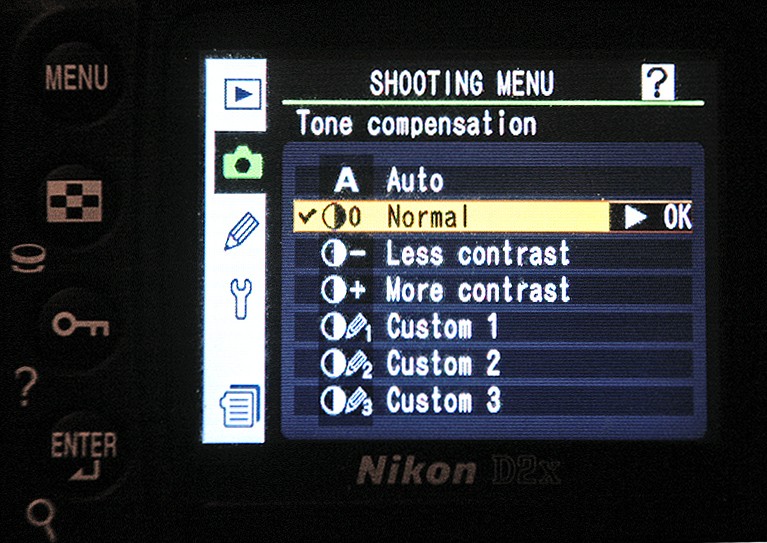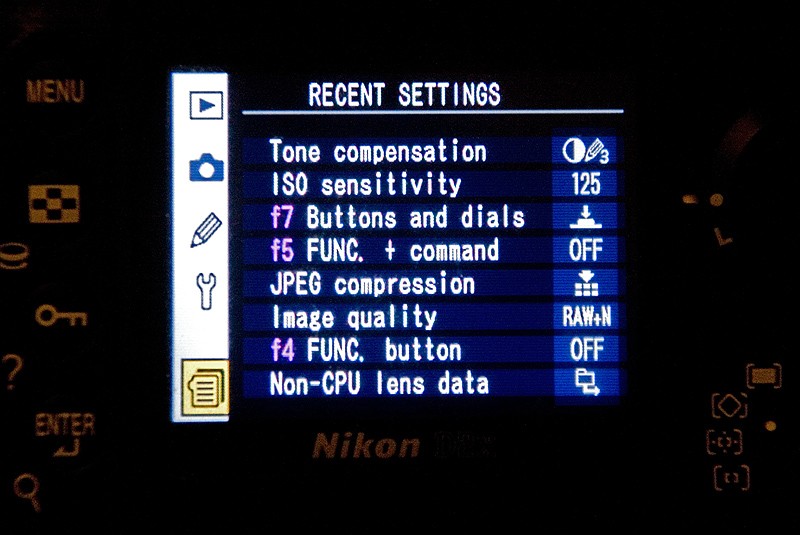dakkon76
TPF Noob!
- Joined
- Aug 22, 2007
- Messages
- 464
- Reaction score
- 39
- Location
- Eastern Washington
- Can others edit my Photos
- Photos OK to edit
Increasing the gamma in-camera may not offer much of an advantage. If it doesn't change what the overall exposure is, then it would best to be manipulated in post rather than to apply a narrow range of presets.
Increasing brightness, regardless of where you do it, will still only be modifying the existing exposure... so you're not gaining anything by doing it in camera. And replacing ISO with it causes you lots of trouble... the two really are not interchangeable. That's like saying you should lock your ISO at 3200 and just adjust brightness. Or the inverse, you should lock it at 100 and just darken everything ... if you locked at 100 and shot with the same settings you would if it were at 300, then your highlights would be blown and would not be able to be darkened.
Increasing brightness, regardless of where you do it, will still only be modifying the existing exposure... so you're not gaining anything by doing it in camera. And replacing ISO with it causes you lots of trouble... the two really are not interchangeable. That's like saying you should lock your ISO at 3200 and just adjust brightness. Or the inverse, you should lock it at 100 and just darken everything ... if you locked at 100 and shot with the same settings you would if it were at 300, then your highlights would be blown and would not be able to be darkened.









![[No title]](/data/xfmg/thumbnail/38/38746-205d04e58b9f6c2f0e464742d3372d19.jpg?1734172603)

![[No title]](/data/xfmg/thumbnail/41/41820-5b89d2c0ef3c8c232c56fabddbeaee0b.jpg?1734176132)

